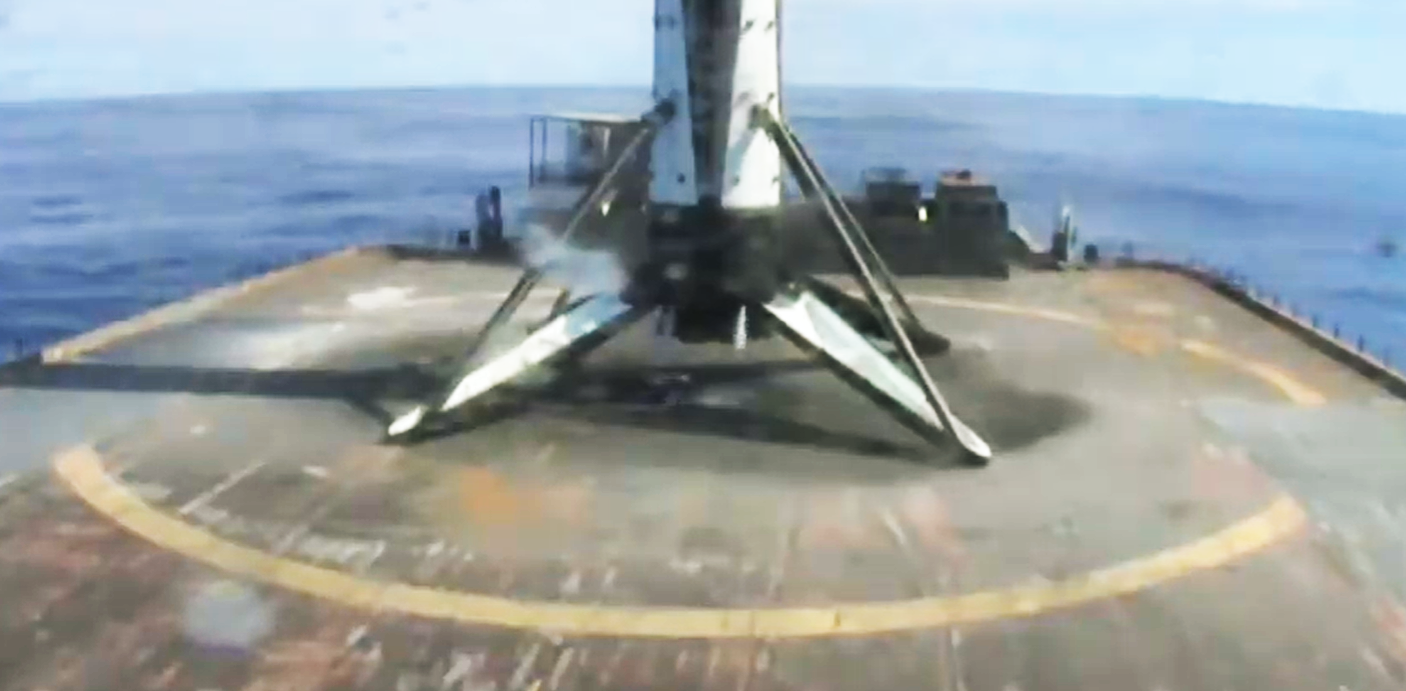SpaceX has successfully completed its 14th Starlink v1.0 launch less than a year after operational flights began and simultaneously tied its own world record for orbital-class rocket turnaround.
On the heels of an unusual 48-hour delay SpaceX says it used to double check that a minor Falcon 9 second stage camera issue was not indicative of deeper flaws, the rocket ultimately lifted off at 11:31 am EDT (15:31 UTC) from SpaceX’s Cape Canaveral Air Force Station (CCAFS) LC-40 pad. As usual, 60 Starlink v1.0 satellites – weighing some 16 metric tons (~35,000 lb) – were loaded inside the payload fairing installed atop Falcon 9’s expendable second stage.
Two and a half minutes after liftoff, Falcon 9 booster B1060 shut down its nine Merlin 1D engines and detached from the second stage, immediately flipping itself around to face those engines towards its landing target. The second stage ignited its Merlin Vacuum (MVac) engine seconds later, burning towards an initial low Earth parking orbit for a six minutes. Thirty seconds prior to second engine cutoff (SECO-1), booster B1060 ignited its center Merlin 1D engine and slowed itself to a bullseye landing aboard drone ship Just Read The Instructions – tying the SpaceX-held world-record for orbital-class rocket turnaround.
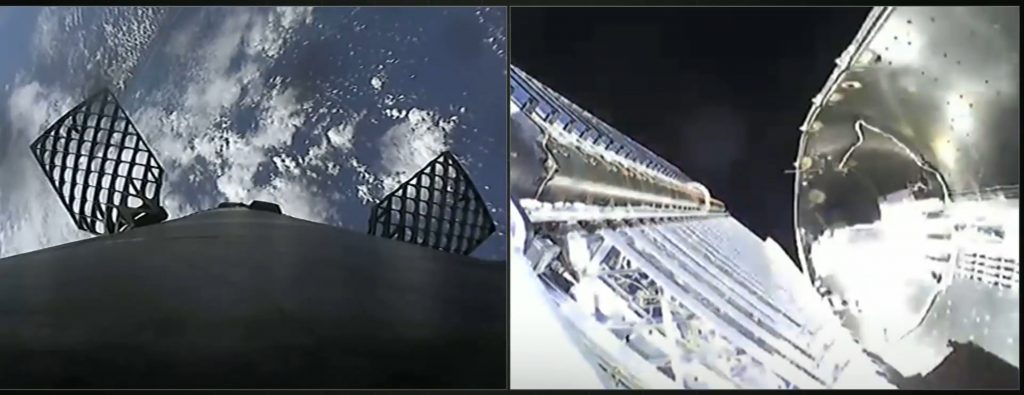
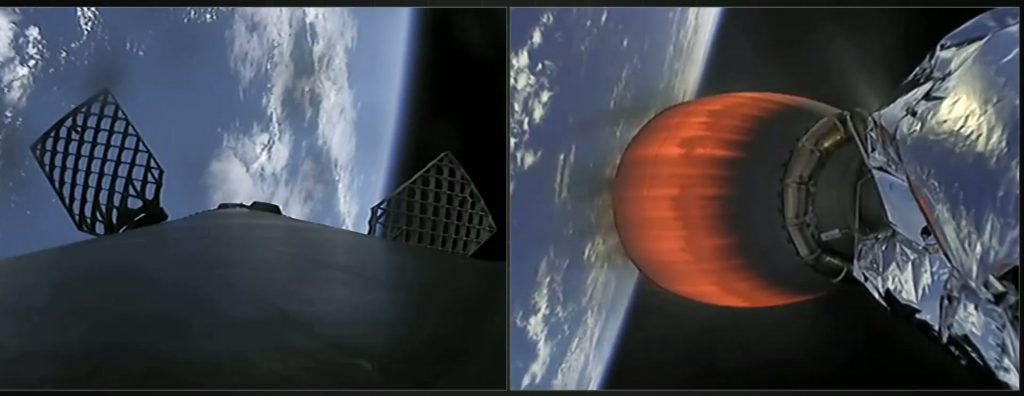
For reusable rockets, that turnaround record refers to the time between two orbital-class launches with the same vehicle – in this case, Falcon 9 booster B1060. The SpaceX rocket managed to launch two separate Starlink missions – Starlink-11 and Starlink-14 – just 51 days, 2 hours, and 45 minutes, narrowly missing Falcon 9 booster B1058’s record by a measly 37 minutes.
Had SpaceX managed to avoid three days of delays, Starlink-14 would have seen B1060 break B1058’s record by three days. Ultimately, the competition is almost entirely symbolic, given that SpaceX effectively has a monopoly over reusable orbital-class launch capabilities and will almost inevitably continue to beat its own records as it grows to become the world’s foremost expert in reusable rocketry.
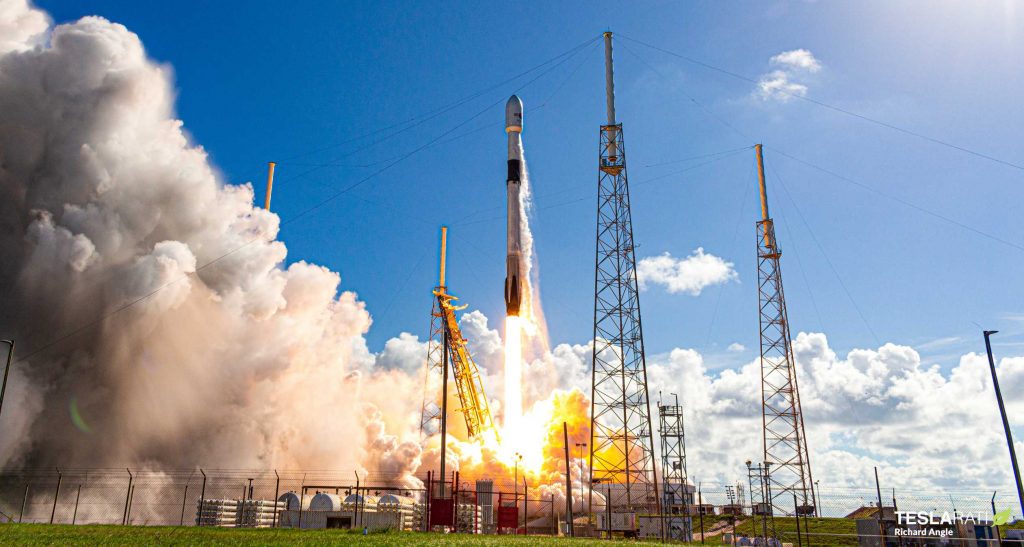
B1060’s Starlink-14 launch and landing represents the 63rd time SpaceX has successfully landed a Falcon booster, as well as the 55th orbital launch to include a successful booster landing and 43rd mission to use a flight-proven rocket. Including Falcon 1 and Falcon Heavy, Starlink-14 also marked SpaceX’s 100th successful launch since the company’s first success in September 2008.
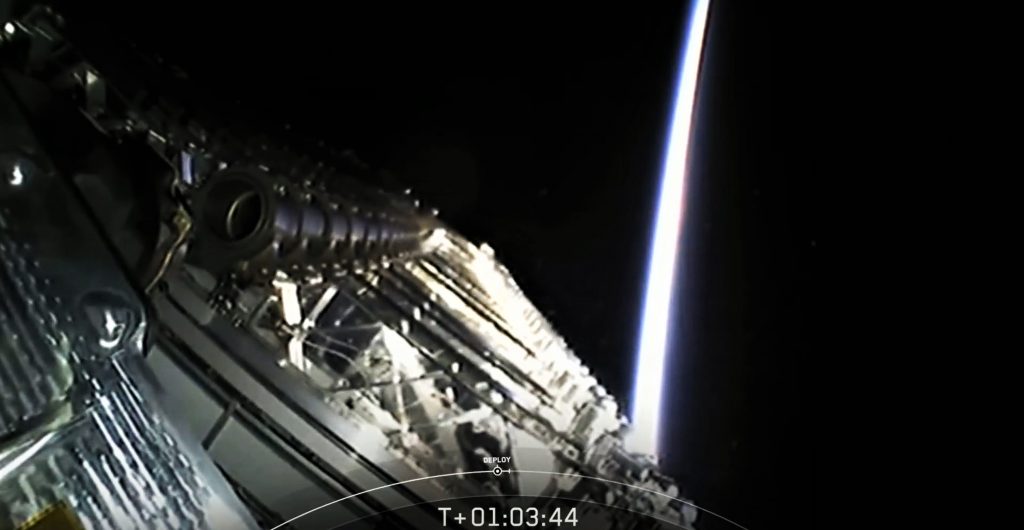
If all 60 Starlink-14 satellites manage to boost up to their final orbits, SpaceX will soon have a constellation of more than 800 operational communications satellites – perhaps just three launches away from crossing the 1000-satellite mark. Typically averaging a boost of 6 km (3.7 mi) in orbital altitude every day, each batch of Starlink satellites takes approximately 30-60 days to reach their operational orbits and join the rest of the fleet. SpaceX has already indicated that the first public Starlink beta tests will begin to rollout once Starlink-13 satellites are operational – a milestone they will likely cross in November.

